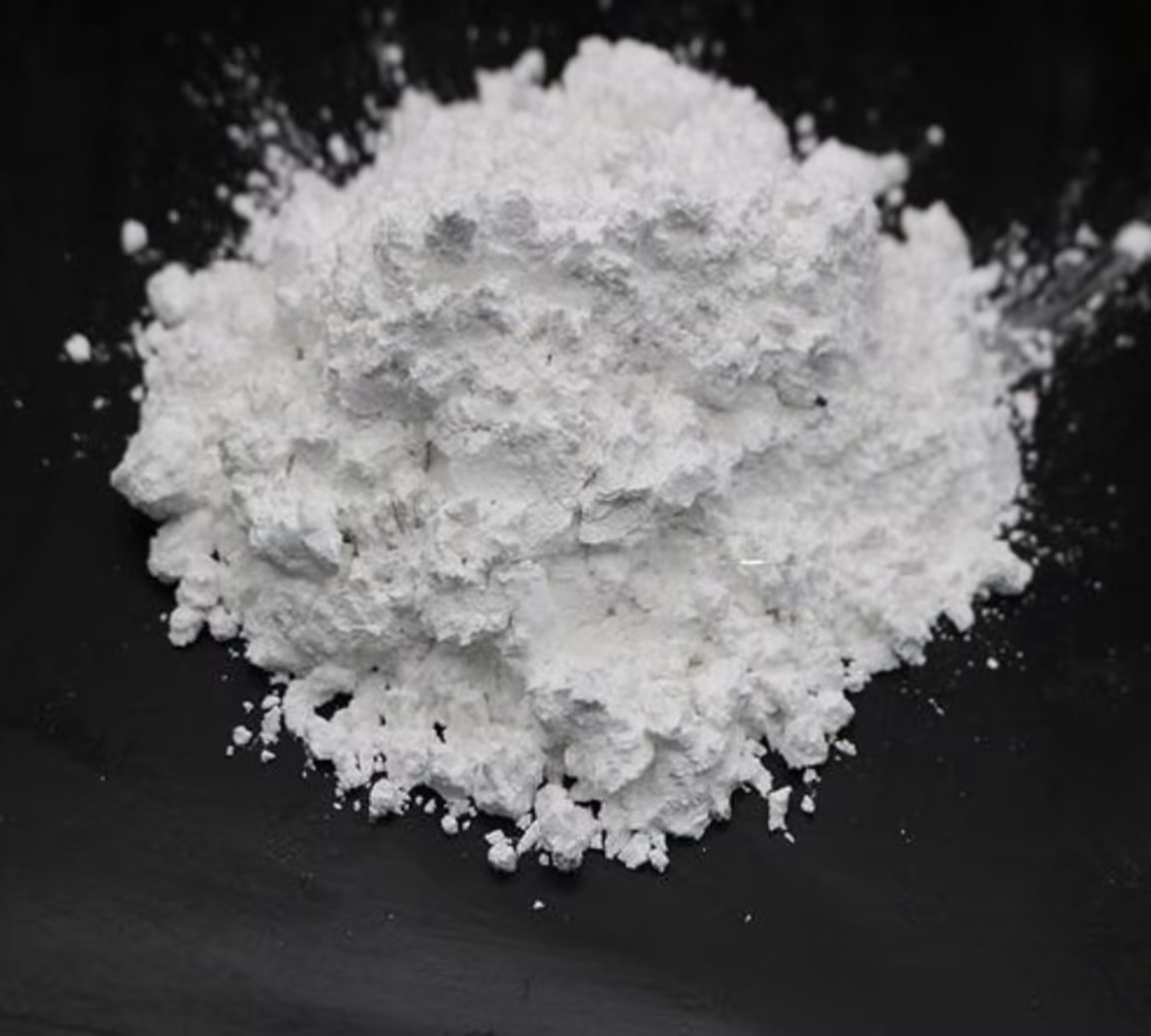With the acceleration of global energy transition, research and development of new energy materials have become a hot topic in the field of science and technology. White carbon black, as a multifunctional inorganic material, has shown great potential for application in the field of new energy due to its unique physical and chemical properties. In recent years, the application of white carbon black in new energy materials such as lithium-ion batteries, fuel cells, and solar cells has gradually attracted attention.
https://www.iotasilica.com/productcategory-precipitated.html

In the field of lithium-ion batteries, the application of white carbon black mainly focuses on the modification of battery separators and electrode materials. The performance of lithium-ion batteries depends on the conductivity, ion diffusion ability, and mechanical stability of electrode materials. White carbon black has a high specific surface area and porous structure, which can significantly improve the ion diffusion performance of electrode materials. For example, by combining white carbon black with graphene, electrode materials with excellent conductivity and mechanical stability can be formed, thereby improving the charging and discharging rate and cycle life of batteries.

In addition, white carbon black can also be used for the modification of lithium-ion battery separators. The diaphragm is an important component of a battery, and its performance directly affects the safety and performance of the battery. The addition of white carbon black can improve the thermal stability and mechanical strength of the diaphragm, as well as enhance its breathability and electrolyte wettability. This not only improves the safety of the battery, but also extends its lifespan.
In the field of fuel cells, the application of white carbon black mainly focuses on the modification of catalyst carriers and proton exchange membranes. The performance of fuel cells depends on the activity and stability of catalysts, as well as the ion conductivity of proton exchange membranes. White carbon black has good dispersibility and chemical stability, and can be used as a catalyst carrier to improve the activity and stability of catalysts. For example, combining white carbon black with platinum catalyst can significantly improve the dispersion and anti poisoning ability of the catalyst, thereby enhancing the performance of fuel cells.
In the field of solar cells, the application of white carbon black mainly focuses on the modification of light absorbing layers and electrode materials. The high specific surface area and porous structure of white carbon black can improve the light absorption efficiency of the light absorbing layer, as well as enhance the conductivity and stability of the electrode material. For example, by combining white carbon black with organic photovoltaic materials, a light absorbing layer with excellent light absorption and charge transfer properties can be formed, thereby improving the photoelectric conversion efficiency of solar cells.
In short, the application of white carbon black in new energy materials has shown broad prospects. Its unique physical and chemical properties enable it to significantly improve the performance of new energy materials, thereby promoting the development of new energy technologies. In the future, with the continuous advancement of white carbon black modification technology and the deepening of research on new energy materials, white carbon black will play a more important role in the field of new energy.

